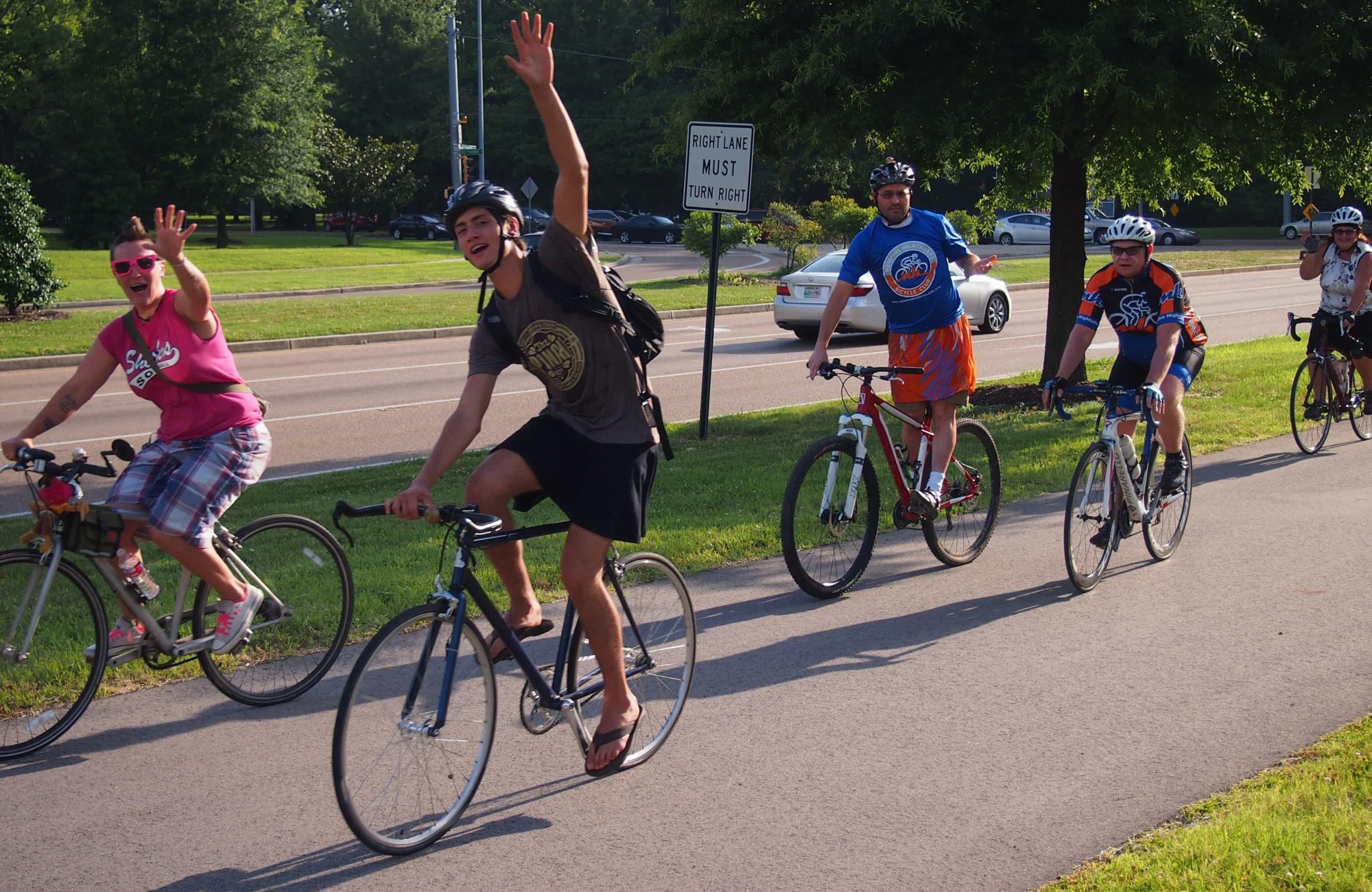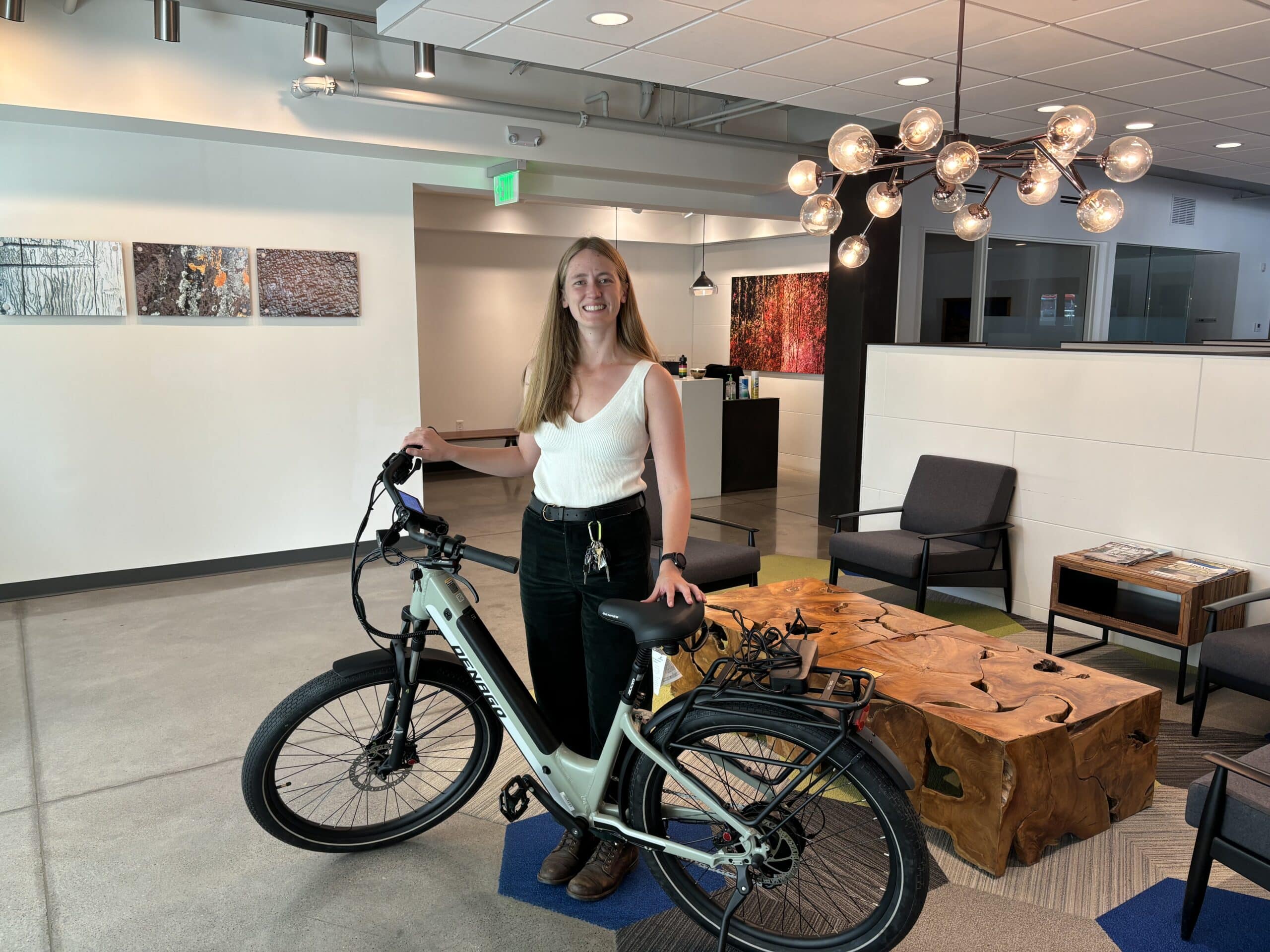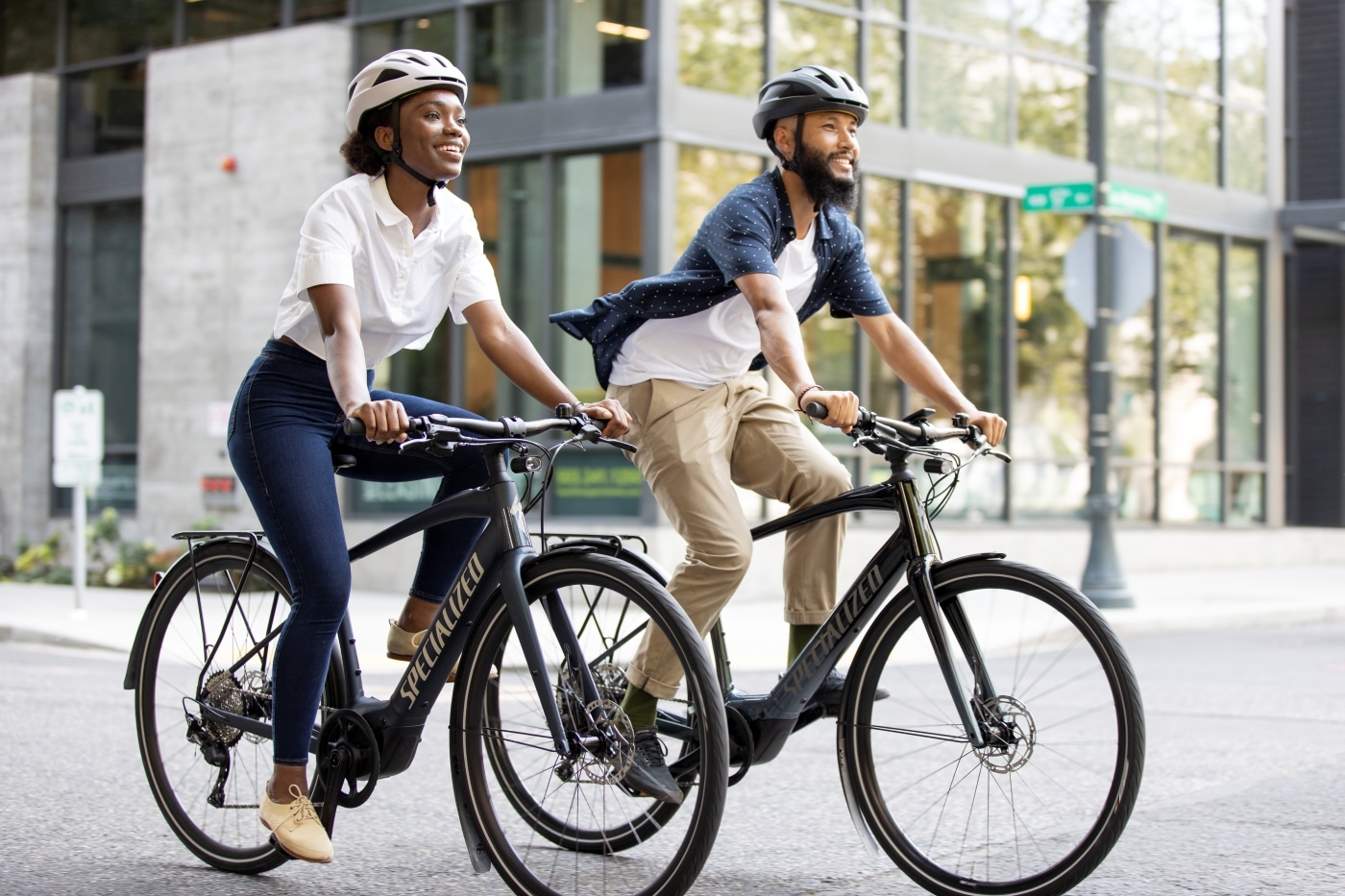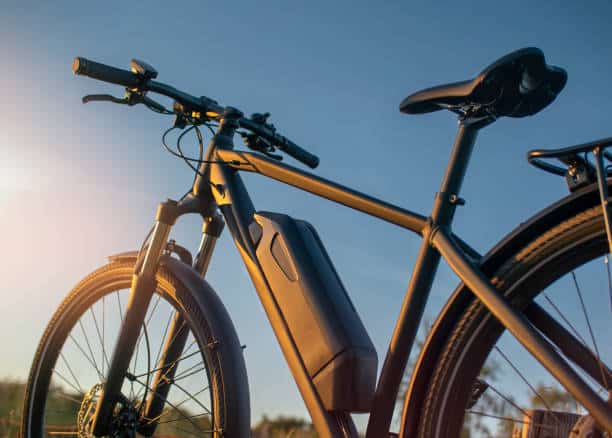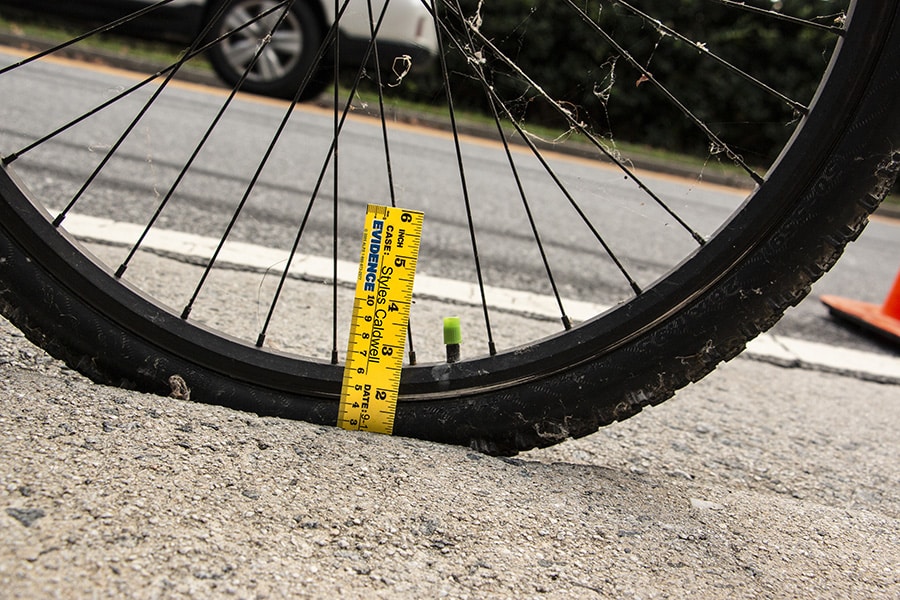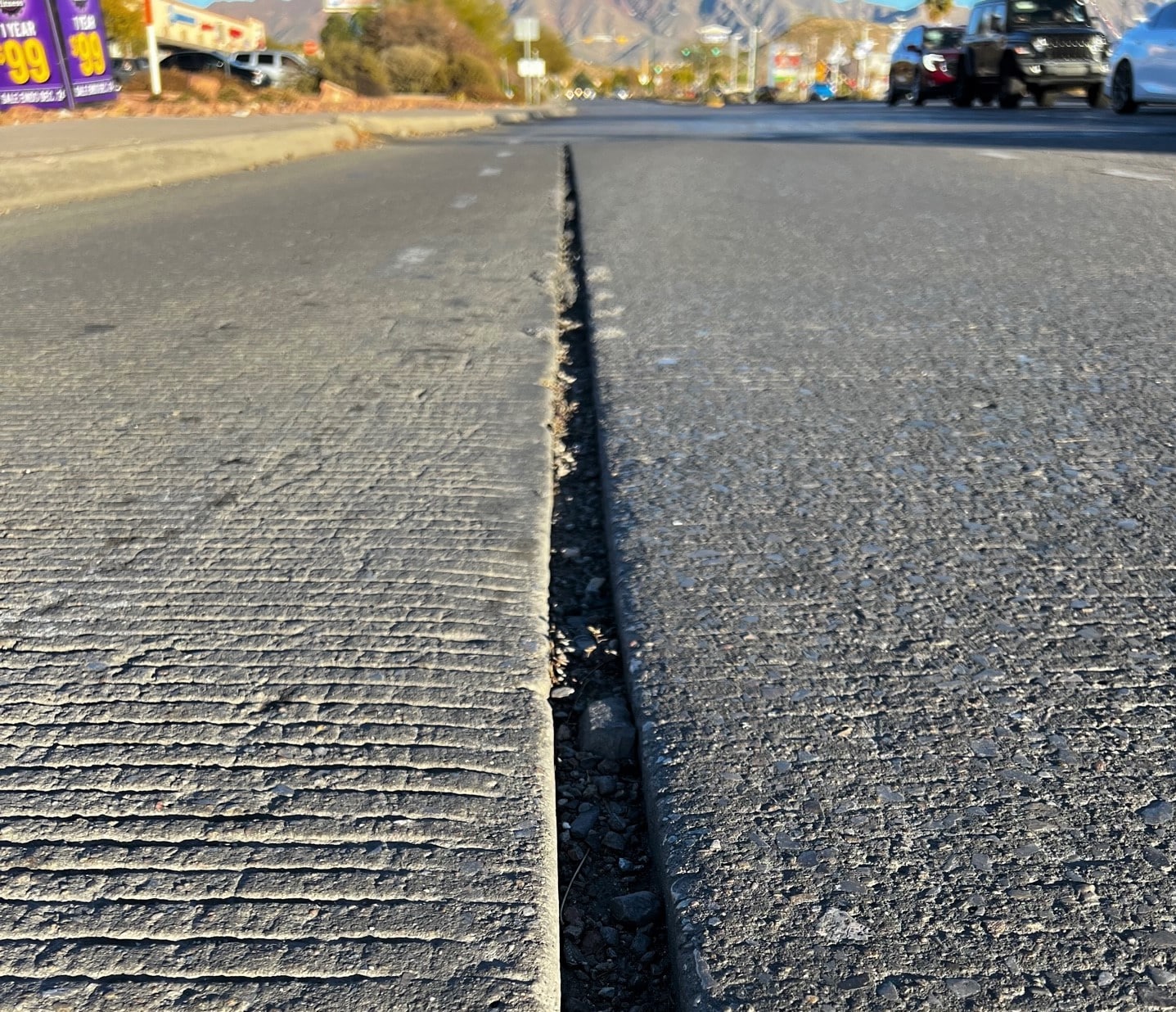New bicycle lanes and other facilities in Memphis are making the streets safer.
New bike facilities in Memphis – currently at more than 200 miles of bicycle lanes, bike paths, cycletracks and shared lane markings – are making the streets safer for bikers, says Kyle Wagenschutz, the city’s Bicycle / Pedestrian Program Manager.
“We have found that 93 percent of bike crashes in Memphis are occurring on streets where there is no bicycle infrastructure,” he says. “That means only 7 percent of the crashes over the past five years have occurred on streets where we have added bike lanes or trails.”
Wagenschutz says those trends have encouraged more people to hop on their bikes and use Memphis’ trails and lanes for commuting and recreation.
Wagenschutz supplied statistics he is using to prepare the city’s next State of Memphis Bicycling report, which should be ready this spring. Highlights of those statistics are below.
Memphis Bicycle Infrastructure
Bike facilities underwent an impressive expansion in the past five years, according to the draft numbers.
- From 2010-2015, the total number of bicycle lanes in the City of Memphis grew from 1.82 miles to 69.34 miles — a 3,710% increase.
- From 2010-2015, the total miles of off-street running and bicycling trails in Memphis grew from 19.96 miles to 31.19 miles — a 56% increase.
- Memphis currently has more than 200 miles of dedicated bicycle lanes, trails, and routes.
- In the next two years, the city expects to fund another 140 miles of bicycle lanes, trails and bike routes.
Effect of Expanded Memphis Bike Facilities
Since 2003, Memphis has had 1,009 reported bicycle-involved crashes, or about 92 bike crashes per year, as well as 10 bicycle-crash fatalities, according to the latest figures. The use of dedicated bicycle infrastructure appears to be safer for bicyclists than riding on streets without facilities, those statistics suggest.
- The amount of separated bicycle infrastructure (bike lanes, trails, & cycle tracks) has increased by 553% since 2003 (from 15 miles to 98 miles) and 165% since 2010.
- Bicycle-involved crashes, normalized against miles of separated bike infrastructure, since 2003 have decreased by 88% on a per mile of infrastructure basis. In other words, as the city has added more miles of dedicated bicycle facilities, the number of crashes per mile has steadily decreased.
- Measured only against the number of crashes that occur within the dedicated bicycle infrastructure, the number of bicycle-involved crashes per mile when using the infrastructure is 92% less than the total bicycle crashes per mile of infrastructure.
- Since 2010, daily bicycle use has risen 387% while the number of bicycle crashes has risen 38%.
- The crash rate for this same period of time (crashes/trip) has fallen 72%.
Bicycle Use in Memphis
Bicycle use is occurring more frequently where separated infrastructure exists, the city’s numbers show. Bicycle counts were conducted on a single day in April 2014 at 26 locations. These counts were done at locations that had existing bicycle lanes (as of April 2014) and those with projects under design, but not yet implemented.
Forty-six percent of the count locations did not contain bike lanes as of the count date, and 54% had bike lanes already in place. In all, 973 people were counted riding bicycles at the 26 locations around Memphis.
- As a rule bike counts were highest inside the I-240 loop, except at locations that provided trail access near Shelby Farms Park.
- Even though the number of count locations touching an existing bike lane represented 54% of the count locations, 71% of the total bike volume was counted at these locations, suggesting higher usage where bicycle infrastructure exists.
- At the count locations where bike lanes existed, locations that provide continuous connections on either side to another bike lane or to a trail represented 62% of the total bicycle volume. “While not as strong a correlation as the previous point, this could indicate network connectivity, the ability to connect to a bike lane on either side of an intersection, could play a role in higher levels of bicycle use,” the draft states.
- For the period April 2014 to April 2015 more than 187,000 people used the Wolf River Greenway located adjacent to Humphreys Blvd near Baptist Hospital. That represents more than 500 daily users.
- Roughly 5-6% of trips made each month on a MATA bus involved a bicycle.
